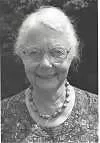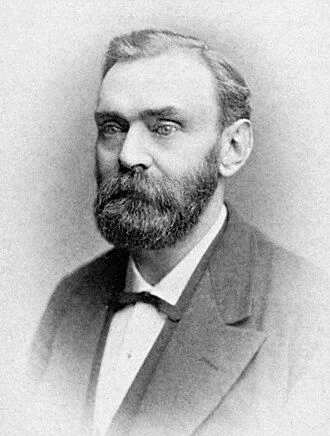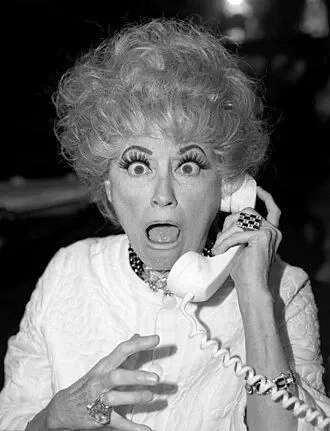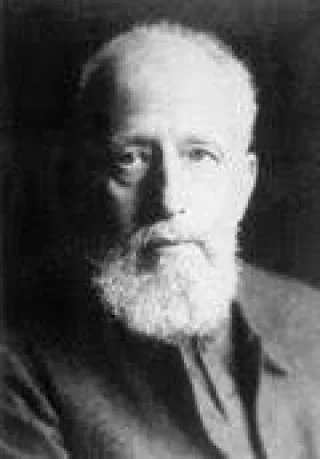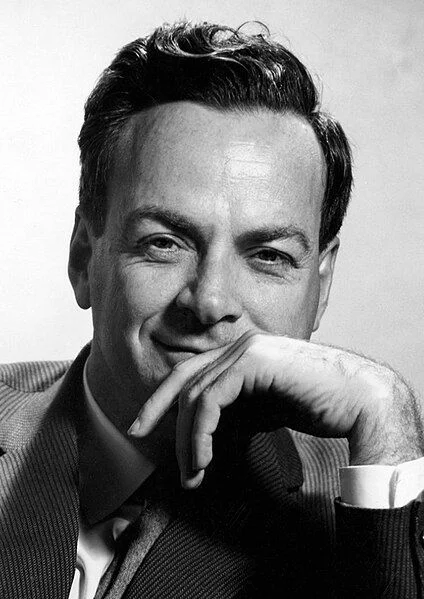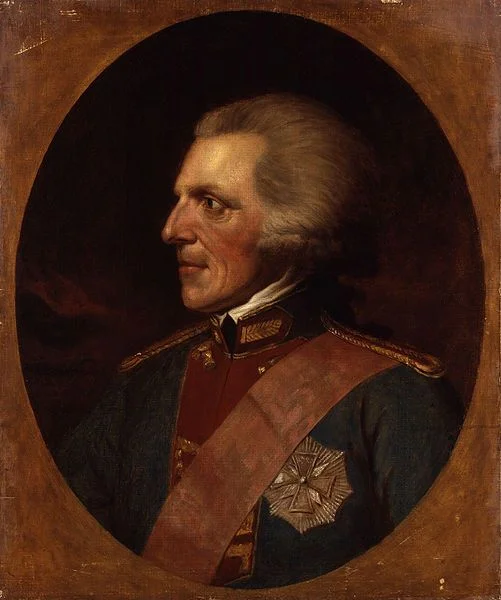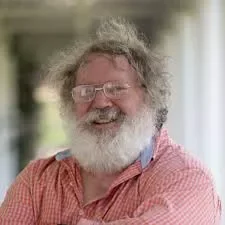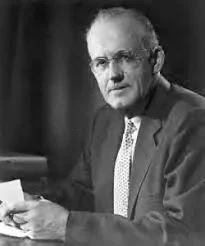Real Celebrities Never Die!
OR
Search For Past Celebrities Whose Birthday You Share

source:wikimedia.org
Masaru Emoto
Birthday:
22 Jul, 1943
Date of Death:
17 Oct, 2014
Cause of death:
Pneumonia
Nationality:
Japanese
Famous As:
Scientist
Age at the time of death:
71
Early Life and Education
Masaru Emoto was a Japanese author and researcher known for his controversial and unconventional work in the field of water crystal photography. Born in Yokohama, Japan, on July 22, 1943
He was committed to working hard for his beliefs.
, Emoto’s early life did not initially foreshadow his later foray into the metaphysical and spiritual aspects of water.
Academic and Professional Background
Masaru Emoto graduated from Yokohama Municipal University’s department of humanities and sciences with a focus on International Relations. Following his academic pursuits, he worked for the Yokohama branch of the Yomiuri Shimbun, a major Japanese newspaper. However, Emoto’s life took a dramatic turn when he encountered the work of Dr. Jacques Benveniste, a French immunologist, and his controversial claims about water’s memory.
Exploration of Water’s Properties
Inspired by Benveniste’s ideas, Emoto delved into his own exploration of water and its supposed responsiveness to human emotions and intentions. His most famous work involved exposing water to various stimuli, such as words, music, and thoughts, and then freezing the water to observe the formation of ice crystals. Emoto claimed that positive and negative words or emotions could influence the aesthetic structure of the resulting ice crystals.
Publication and Global Recognition
Masaru Emoto gained international attention with the publication of his book *The Hidden Messages in Water* in 2001, which showcased his water crystal photographs and proposed a link between human consciousness and the molecular structure of water. This work sparked both fascination and skepticism within the scientific community, as Emoto’s methods and interpretations were not widely accepted by mainstream scientists.
Continued Work and Influence
Despite the controversy surrounding his research, Emoto continued to publish several books, including *The True Power of Water* and *The Shape of Love.* His books often combined spiritual and metaphysical concepts with his water crystal photography, appealing to a wide audience interested in the intersection of science and spirituality.
Legacy and Cultural Impact
On a personal level, Masaru Emoto’s work brought him global recognition, and he traveled extensively to share his findings through lectures and workshops. He became a prominent figure in the New Age and holistic health communities, where his ideas found resonance among those exploring alternative perspectives on healing and consciousness.
Masaru Emoto's Quote's
Death and Enduring Influence
Masaru Emoto passed away on October 17, 2014, at the age of 71. Despite the controversy surrounding his work and its lack of scientific validation, Emoto’s legacy endures through the impact his ideas had on popular culture and the ongoing conversations about the relationship between consciousness and water.
Masaru Emoto’s journey from a conventional career in journalism to a pioneering figure in water crystal research reflects the intersection of science, spirituality, and popular culture. His work, while met with skepticism within the scientific community, left an indelible mark on discussions about the potential influence of human consciousness on the world around us.
Name:
Masaru Emoto
Popular Name:
Masaru Emoto
Gender:
Male
Cause of Death:
Pneumonia
Spouse:
Place of Birth:
Yokohama, Japan
Place of Death:
Japan
Occupation / Profession:
Personality Type
Advocate: Quiet and mystical, yet very inspiring and tireless idealists. He was committed to working hard for his beliefs.
Emoto's ideas gained widespread attention after appearing in the popular film "What the Bleep Do We Know!?", and he even developed the "rice experiment" to demonstrate the effects of positive and negative words on water over an extended period.
Despite lacking formal scientific training, Emoto conducted experiments where he exposed water to various stimuli like music, words, and prayers, then froze it and photographed the resulting ice crystals to demonstrate his theories.
Emoto claimed that human consciousness could affect the molecular structure of water, and he published bestselling books showcasing photographs of water crystals allegedly influenced by words, thoughts, and intentions.
His work, while popular in alternative science circles, was widely criticized by the scientific community for lack of proper controls and reproducibility, with many labeling it as pseudoscience.
Co-conducted and co-authored research published in the Journal of Scientific Exploration in 2008.
His ideas appeared in popular movies like “Kamen Rider: The First” and “What the Bleep Do We Know!?”
Published several volumes of work entitled “Messages from Water,” containing photographs of ice crystals and accompanying experiments.
Conducted experiments claiming to show that human consciousness could affect the molecular structure of water, particularly through words, thoughts, and intentions.
Developed the “rice experiment” to demonstrate the effects of positive and negative words on water over an extended period.
Developed a technique of photographing frozen water crystals to observe their structure after exposure to different stimuli.
Founded the IHM General Institute to continue his research on water.
Published the bestselling book “The Hidden Messages in Water” in 2004, which became a New York Times bestseller.


